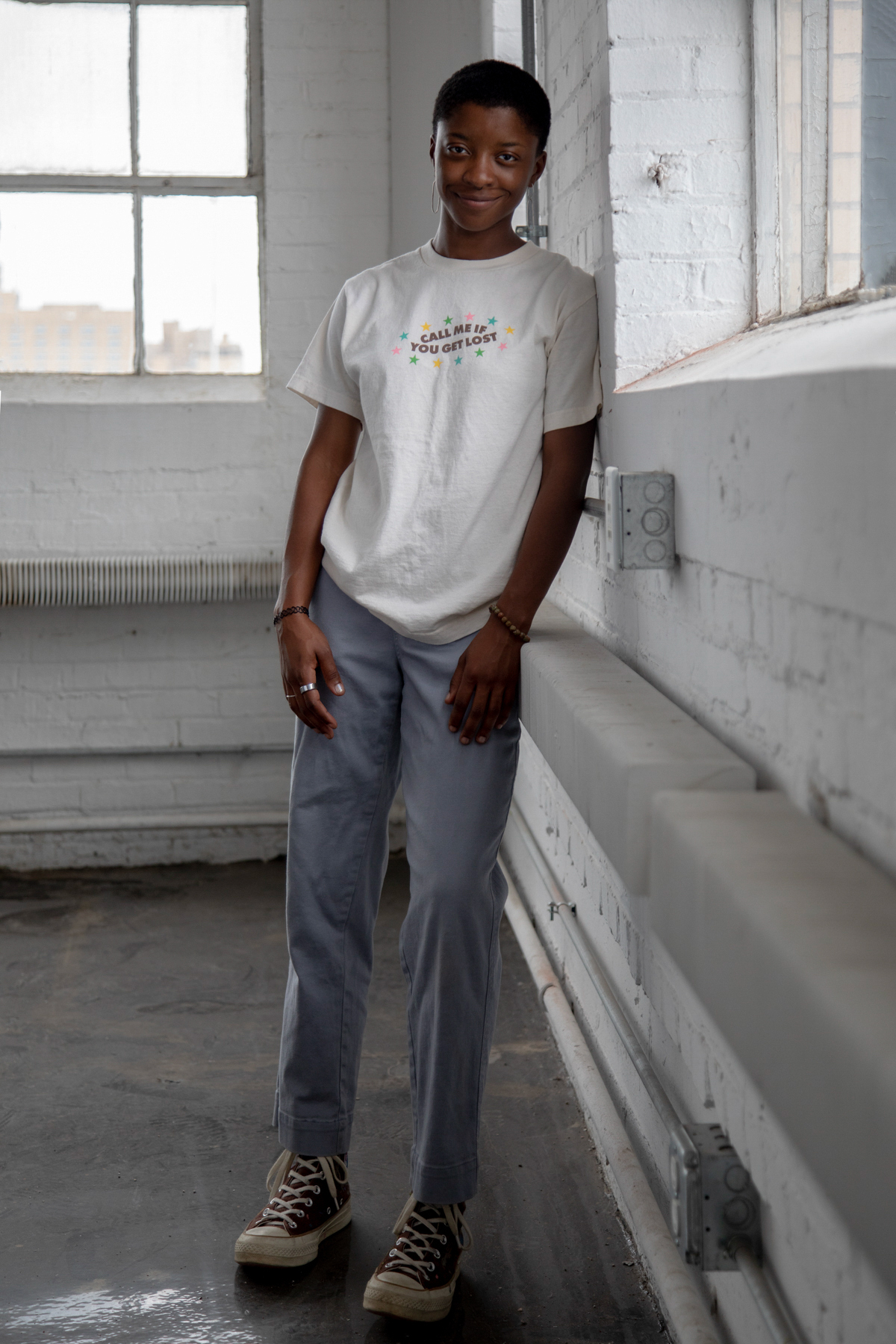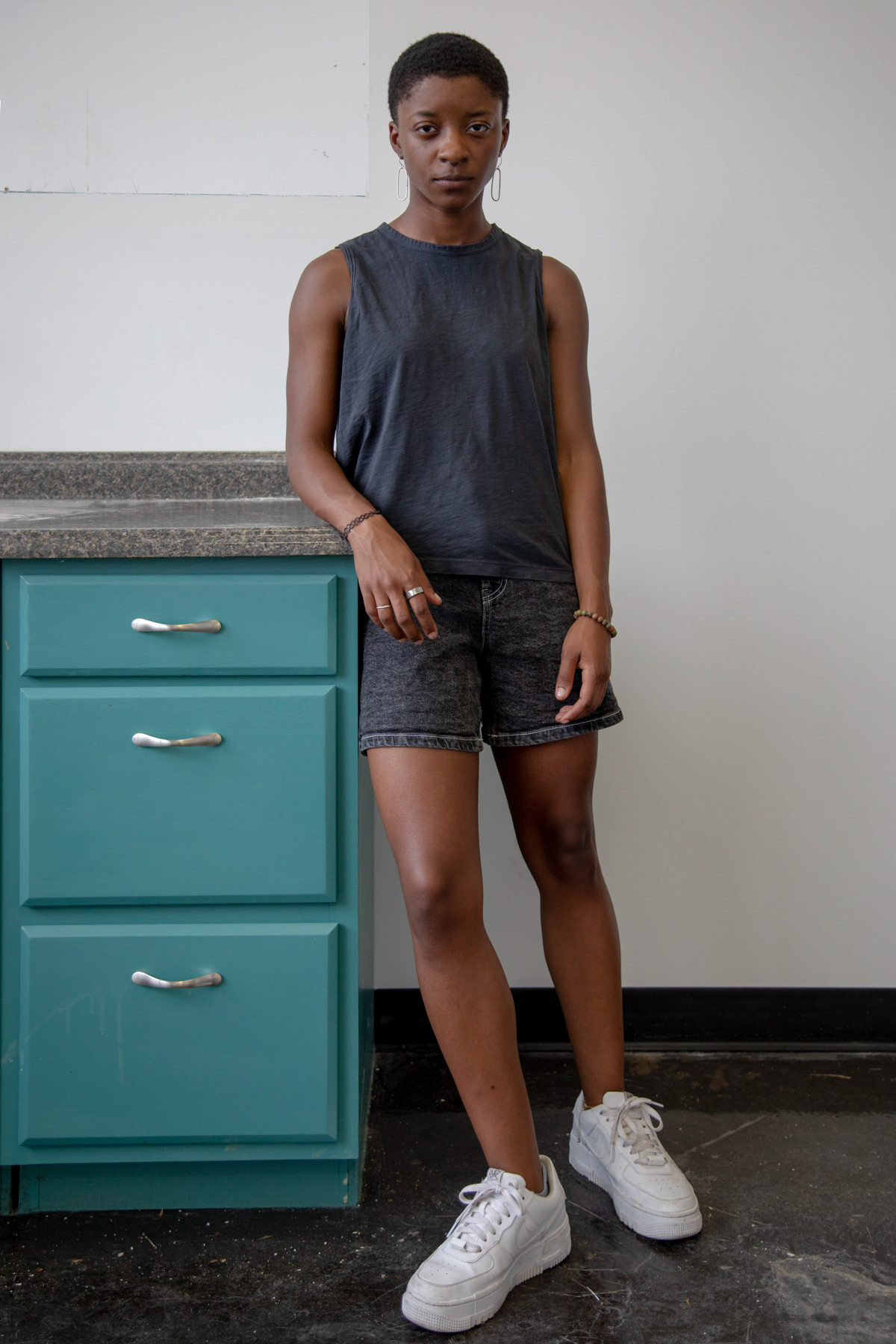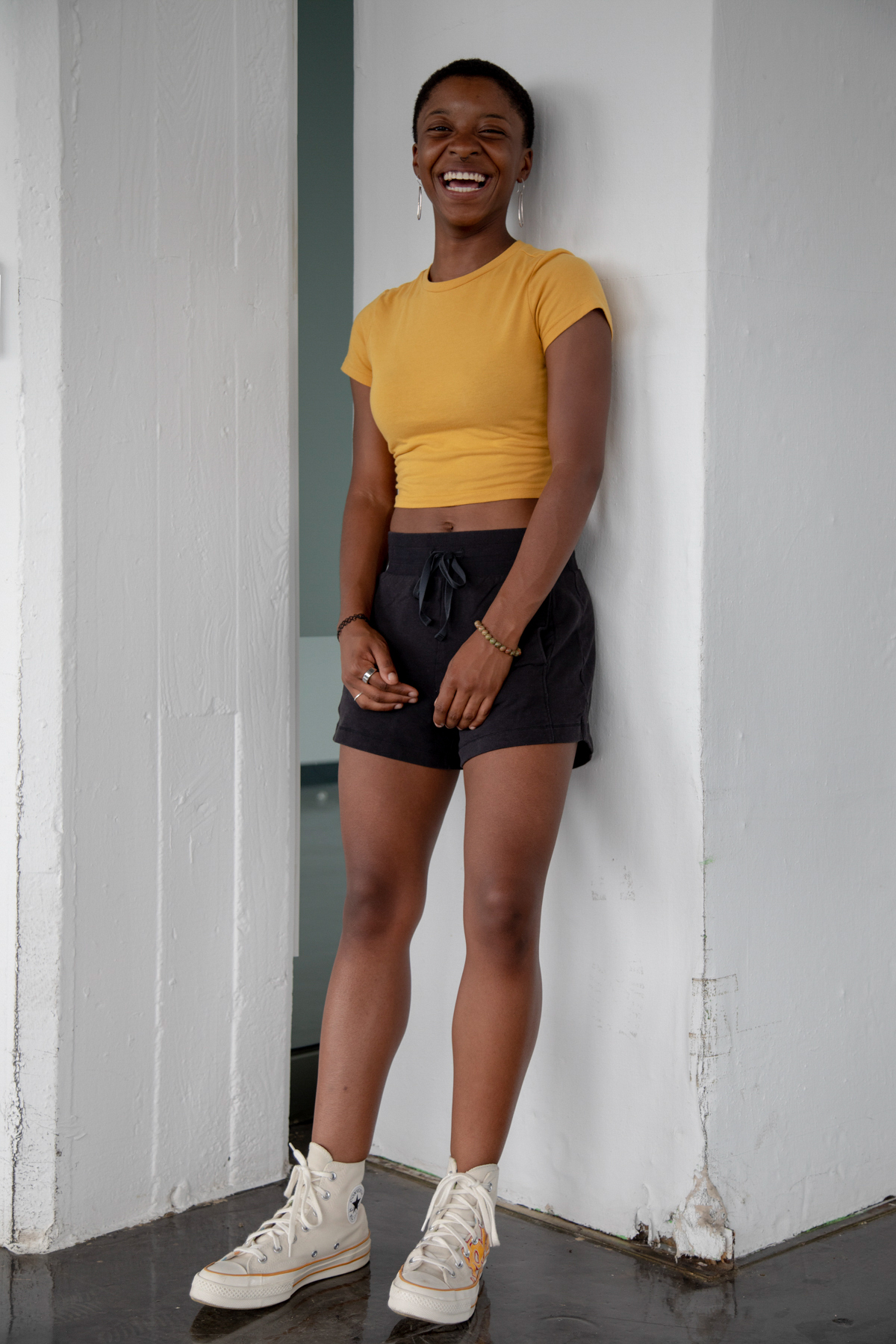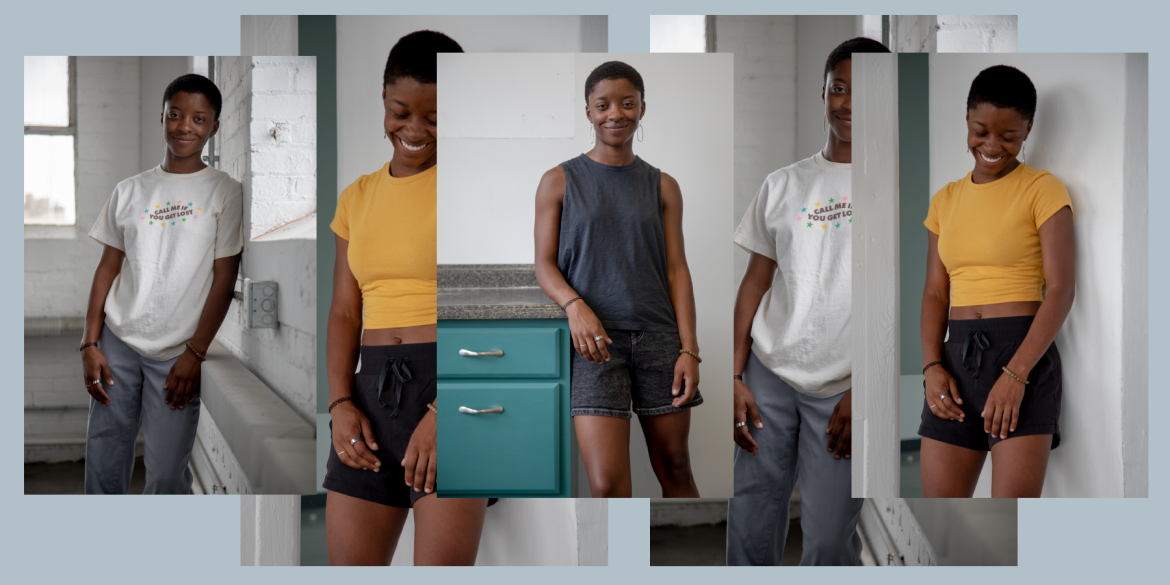If you peeked inside 100 strangers’ closets–a weird hypothetical, I know, but stay with me–do you think you would be able to tell the gender identity of each and every person? Do the sparkly pink heels with a platform bottom, or the double-breasted coal-colored suit serve as a key determination that the person wearing them is a female by personal and given identification? The answer should be transparent, no. It’s almost an undeniable truth, or should be by now, that there’s no way to cookie-cutter any individual or group of people into one box. Fashion and gender are synonymous to this logic, in fact, these two categories have such diversity and the ability to be up for interpretation that there are endless possibilities for both, as the future of fashion and gender is fluid.
With today’s response to both gender and fashion being varied, it poses a question as to the ways we interact with and are presented with each hand in hand. Is there a bias towards gender norms in fashion? Will there always be a “women’s” vs “men’s” section of online shopping, or should there be? Some with strong feelings towards inclusivity may push the impression that all non-neutral terms be banished since they do not present as inclusive. Is it necessary to change the wording of descriptors to more inclusive phrases like “feminine” and “masculine?” While PATTERN and I one hundred percent stand for diversity and inclusivity, it’s important to note the ways in which dress and style can correlate to gender identity, neutrality, and the acceptance of both. Are you upset that a man is wearing a skirt, or because he looks good while doing it?
I’m sure we’ve all seen the Harry Styles cover for Vogue, where the backlash of feminine dress on a male received a lot of attention. After further research, I’ve learned that gender stereotype-breaking dress is not as recent of a history lesson as you may think. If you really look into it, historical costumes and dress were quite fluid, with men in tights, breasted suits, feathered headdresses, and more; not always such a tough-guy look, huh? As said so eloquently by Edward Crutchley, “Men have not worn lace or ribbons for 150 years–but wouldn’t it be lovely if they started to again?” What before may have seemed far-fetched and idealistic, may not be so out of reach today.

Present-day, one of the most prominently notable trends of the spring 2022 fashion shows was not any particular cut, palette, or style, but rather the way in which designers used both women and men on the runway in what historically may have been defined as solely “women’s wear.” This garment and design choice was not done as an act of rebellion, or for publicity, but simply because that’s where the future of dress is headed. What once was clearly distinguishable in the ways a man versus woman would dress, is now being unified and interchangeable.
Set yourself in a dystopian world. Check the box labeled “female” and your drop-down menu is only corseted dresses, a-line skirts, and witch-toe-pointed heels. I mean I’m all for a barbie boss moment, but if I was limited to just the traditional women’s way of dressing, I may just hermit in my room and pj’s forever to avoid the stereotypical fashion. No one, not designers, fashion followers, or in-style haters should want an agenda set for you, with a closet of handcuffs restricting how you show yourself. For the fluidity of dress, what may have once been questioned as to the guidelines of design is no longer the way of the world.

Ending this investigation, I’ll give my hot take. I don’t see a need to take away classic attributes of identity, or the simplistic and identifiable terms that are man and woman, but that shouldn’t negate the possibility of intertwining the two when dressing to present oneself. Identifying as a man or a woman should be celebrated, not taken away or wiped from conversation completely. There is beauty in both, but that doesn’t mean the way in which you identify must determine how you shop. Fashion is fluid, and gender is proving to be faceless so why worry so much about who “should” be wearing what, all that truly matters is being authentic to yourself. There may have been a blip in time where fashion and media contributed to the constriction of identity in terms of gender and how we present, but that doesn’t mean what’s set should always stay.





